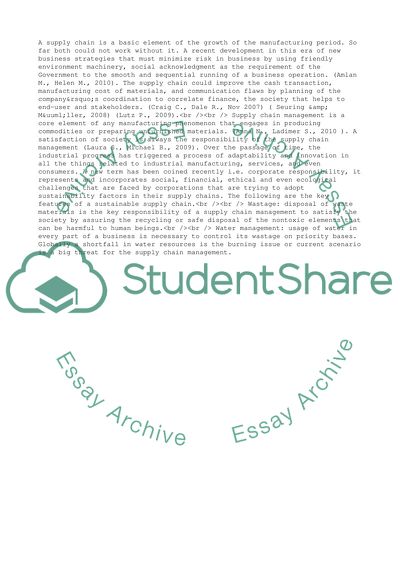Cite this document
(Supply Chain Management: Conceptual Supply Network Term Paper - 1, n.d.)
Supply Chain Management: Conceptual Supply Network Term Paper - 1. https://studentshare.org/management/1751571-describe-and-critically-analyse-a-conceptual-supply-network-and-discuss-the-likely-areas-of-strength-and-weakness
Supply Chain Management: Conceptual Supply Network Term Paper - 1. https://studentshare.org/management/1751571-describe-and-critically-analyse-a-conceptual-supply-network-and-discuss-the-likely-areas-of-strength-and-weakness
(Supply Chain Management: Conceptual Supply Network Term Paper - 1)
Supply Chain Management: Conceptual Supply Network Term Paper - 1. https://studentshare.org/management/1751571-describe-and-critically-analyse-a-conceptual-supply-network-and-discuss-the-likely-areas-of-strength-and-weakness.
Supply Chain Management: Conceptual Supply Network Term Paper - 1. https://studentshare.org/management/1751571-describe-and-critically-analyse-a-conceptual-supply-network-and-discuss-the-likely-areas-of-strength-and-weakness.
“Supply Chain Management: Conceptual Supply Network Term Paper - 1”. https://studentshare.org/management/1751571-describe-and-critically-analyse-a-conceptual-supply-network-and-discuss-the-likely-areas-of-strength-and-weakness.


